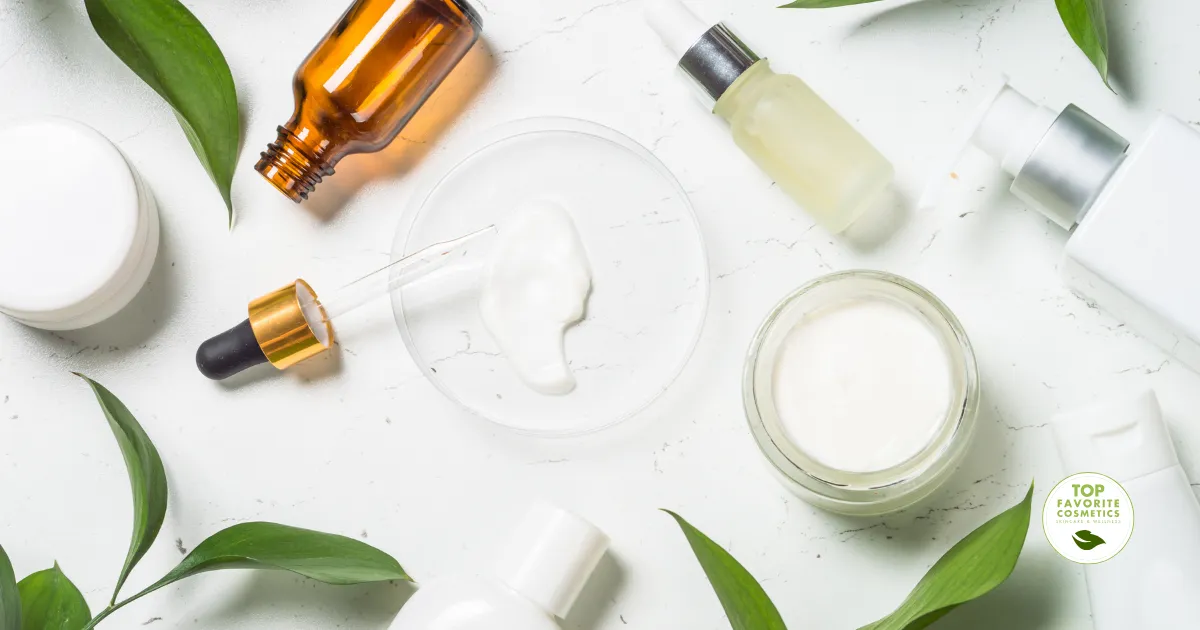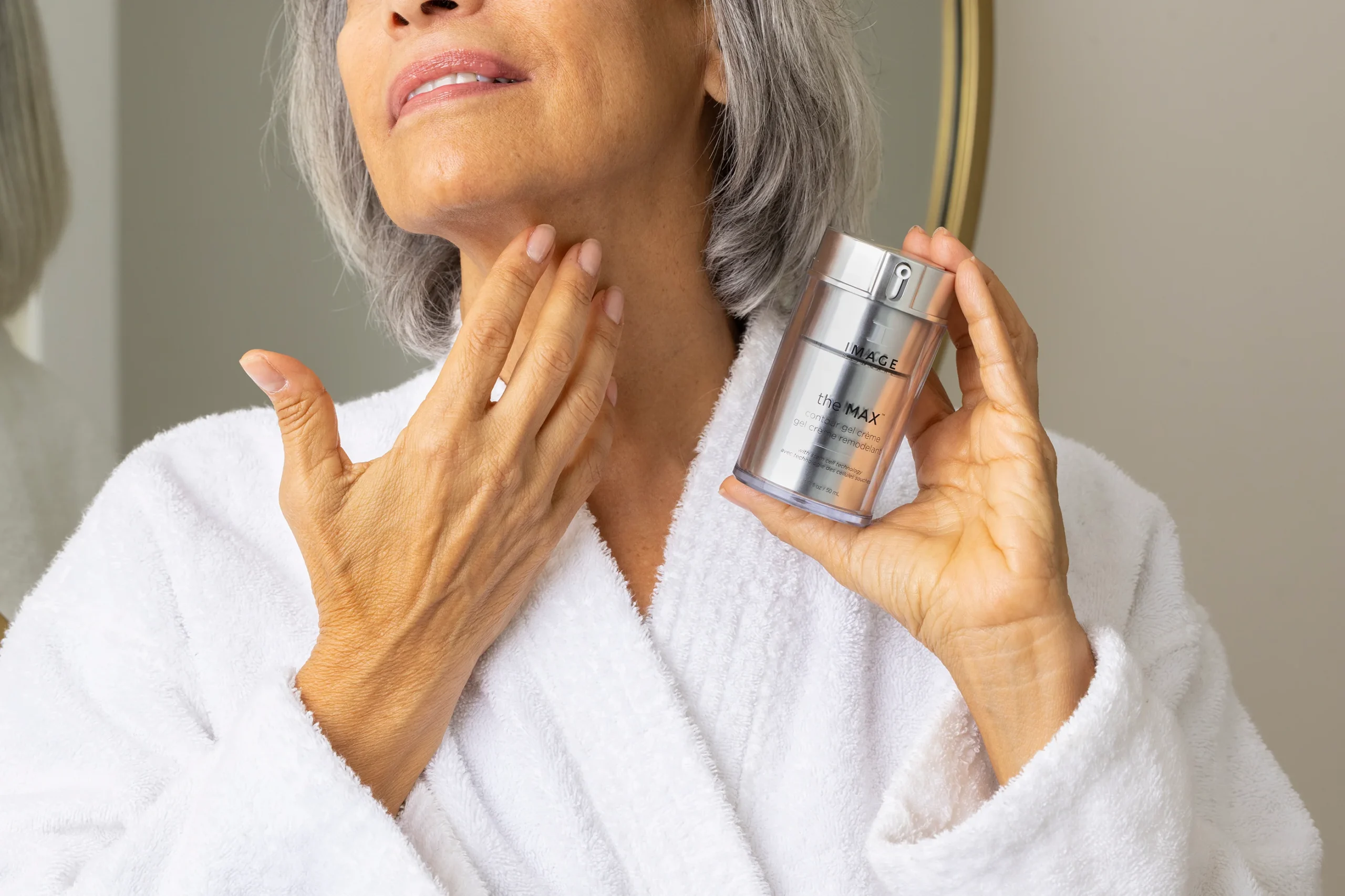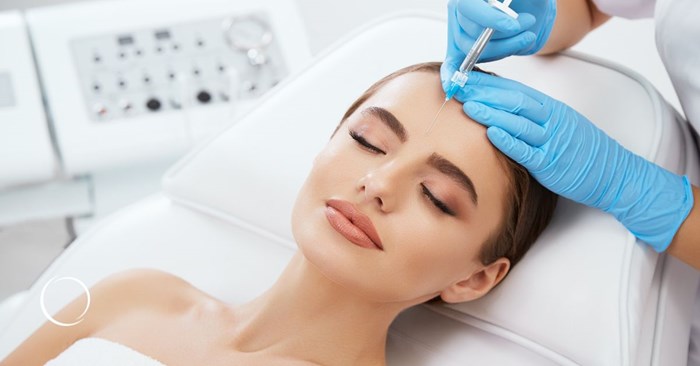As the beauty industry evolves, sustainable skincare is becoming a significant focus for consumers and brands alike. With growing awareness of environmental issues and the impact of traditional beauty products, many are turning to waterless and eco-friendly beauty solutions. This article explores the rise of sustainable skincare, the benefits of waterless formulations, and the innovative practices shaping the future of beauty.
Understanding Sustainable Skincare
Sustainable skincare refers to products and practices that prioritize environmental responsibility, ethical sourcing, and minimal waste. This movement is driven by consumers who are increasingly concerned about the ecological impact of their beauty routines. Sustainable skincare aims to reduce carbon footprints, conserve resources, and promote a healthier planet.
The Importance of Sustainability in Skincare
-
Environmental Impact: Traditional skincare products often contain harmful chemicals and excessive packaging that contribute to pollution and waste. Sustainable skincare seeks to minimize these effects.
-
Resource Conservation: Water is a precious resource, and the beauty industry is one of its largest consumers. By adopting waterless formulations, brands can significantly reduce their water usage.
-
Consumer Demand: As awareness of environmental issues grows, consumers are actively seeking brands that align with their values. Sustainable skincare meets this demand by offering eco-friendly alternatives.
The Rise of Waterless Formulations
Waterless skincare is gaining traction as a sustainable alternative to traditional products. These formulations eliminate water as a primary ingredient, resulting in concentrated products that are often more effective and environmentally friendly.
Benefits of Waterless Skincare
-
Reduced Water Usage: By removing water from formulations, brands can significantly decrease their overall water consumption during production.
-
Higher Concentration of Active Ingredients: Waterless products often contain a higher concentration of active ingredients, leading to more potent formulations that deliver better results.
-
Longer Shelf Life: Without water, the risk of microbial growth is reduced, allowing for longer shelf life and fewer preservatives in the product.
-
Eco-Friendly Packaging: Many waterless products come in innovative packaging that reduces waste, such as solid bars or concentrated powders that require less material.
Examples of Waterless Products
- Solid Cleansers: These bar cleansers eliminate the need for water in their formulation and often come in minimal packaging.
- Oil-Based Serums: Concentrated oil serums provide hydration and nourishment without the need for water, making them a sustainable choice.
- Powdered Masks: These masks can be mixed with water or other liquids at the time of use, reducing the need for preservatives and packaging.
Eco-Friendly Beauty Practices
In addition to waterless formulations, many brands are adopting eco-friendly beauty practices to enhance sustainability. Here are some key practices shaping the industry:
1. Sustainable Sourcing
Brands are increasingly focusing on sourcing ingredients responsibly. This includes using organic, fair-trade, and locally sourced materials to minimize environmental impact and support ethical practices.
2. Biodegradable Packaging
Eco-friendly packaging is a crucial aspect of sustainable skincare. Many brands are transitioning to biodegradable, recyclable, or reusable packaging to reduce waste and promote a circular economy.
3. Minimalist Formulations
Sustainable skincare often emphasizes minimalist formulations that use fewer ingredients. This approach not only reduces waste but also minimizes the risk of irritation and allergic reactions.
4. Cruelty-Free Practices
The demand for cruelty-free products is on the rise, with consumers seeking brands that do not test on animals. Many sustainable skincare brands prioritize ethical practices and transparency in their sourcing and testing methods.
The Role of Technology in Sustainable Skincare
Advancements in technology are playing a significant role in the rise of sustainable skincare. Here are some innovative technologies that are shaping the future of eco-friendly beauty:
1. Green Chemistry
Green chemistry focuses on designing products and processes that minimize environmental impact. This includes developing biodegradable ingredients and reducing the use of harmful chemicals in formulations.
2. Waterless Production Techniques
Innovative production techniques are being developed to create waterless formulations efficiently. These methods help brands reduce their water usage while maintaining product quality.
3. Smart Packaging Solutions
Smart packaging technologies, such as refillable containers and compostable materials, are becoming more prevalent in the beauty industry. These solutions help reduce waste and promote sustainability.
Notable Sustainable Skincare Brands
Several brands are leading the charge in sustainable skincare, offering innovative waterless and eco-friendly products. Here are a few notable examples:
1. Lush
Lush is known for its commitment to sustainability, offering a wide range of waterless products, including solid shampoos, conditioners, and skincare items. The brand emphasizes ethical sourcing and minimal packaging.
2. Ethique
Ethique specializes in solid beauty bars that eliminate plastic packaging and reduce water usage. Their products are formulated with natural ingredients and are cruelty-free.
3. Burt’s Bees
Burt’s Bees focuses on natural ingredients and sustainable sourcing, offering a variety of eco-friendly skincare products. Their commitment to reducing plastic waste is evident in their use of recyclable packaging.
4. Herbivore Botanicals
Herbivore Botanicals emphasizes transparency and sustainability in their formulations. They offer a range of waterless products and prioritize ethically sourced ingredients, making them a favorite among eco-conscious consumers.
The Future of Sustainable Skincare
As the demand for sustainable skincare continues to grow, brands will need to innovate and adapt to meet consumer expectations. The future of beauty lies in creating products that are not only effective but also environmentally responsible.
1. Increased Consumer Awareness
With more consumers becoming aware of the environmental impact of their beauty choices, brands that prioritize sustainability will likely see increased loyalty and support. Education around sustainable practices will play a crucial role in shaping consumer behavior.
2. Regulatory Changes
As governments and organizations push for stricter environmental regulations, the beauty industry will need to adapt. Brands that proactively embrace sustainable practices will be better positioned to comply with future regulations.
3. Collaboration and Innovation
Collaboration between brands, scientists, and environmental organizations will drive innovation in sustainable skincare. By working together, the industry can develop new technologies and practices that promote sustainability.
Conclusion
The rise of sustainable skincare and waterless beauty represents a significant shift in the beauty industry. As consumers become more conscious of their environmental impact, brands must adapt by offering eco-friendly products and practices. By prioritizing sustainability, the beauty industry can contribute to a healthier planet while providing effective solutions for consumers. Embracing this movement not only benefits the environment but also aligns with the values of a growing number of consumers seeking to make responsible choices in their beauty routines.



